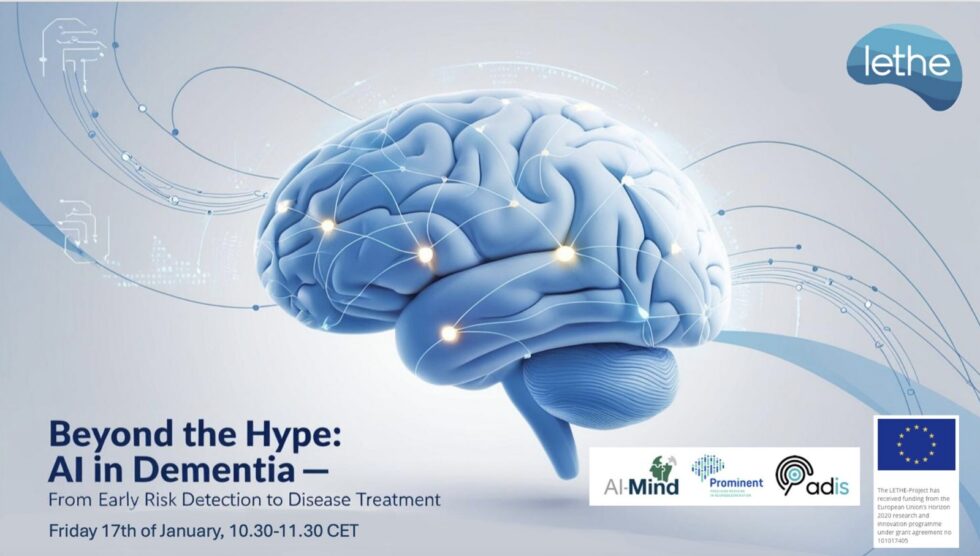Sophia Krix from the Fraunhofer SCAI presented a poster entitled “Digitally Assessed Sleep Disturbances for Early Diagnosis of Alzheimer’s disease” at the Alzheimer’s Association International Conference AAIC24 / Technology and Dementia Preconference. Here, she shares her key take-aways from the conference:
🧬 Blood-Based Biomarkers: A Game Changer
Blood tests show potential in detecting changes early in Alzheimer’s disease (AD). Biomarkers such as plasma p-tau217 and Abeta42/40 are proving to be highly accurate—often similar or superior to clinical CSF tests. This advancement opens doors to longitudinal monitoring, disease staging, and the possibility of tailoring treatments to individual disease progression. Importantly, it could accelerate the enrollment of more diverse populations into clinical trials, ensuring treatments are effective across different demographic groups.
🛡️ The Immune System’s Role
Immune-related biomarkers like GFAP, and NfL, TNF, and several interleukins are being studied to understand their role in Alzheimer’s disease. The development of protein panels could help differentiate mild cognitively impaired individuals (MCI) from cognitively normal individuals, facilitating the development of personalized medicine.
💤 Sleep, Cognitive Decline, and Dementia
The relationship between sleep, cognitive decline, and dementia was an important focus, with new technologies enabling remote monitoring and sleep and memory assessments in mildly cognitively impaired individuals. Findings indicate that sleep loss increases CSF A-beta and tau, and future work is focusing on how chronic sleep loss increases lysosomal markers in blood.
Developing intervention strategies to treat sleep disturbances may hold potential for preventing AD pathology.
🧠 Bilingualism and Brain Resilience
Research suggests that bilingualism may reduce AD risk and improve brain resilience, offering a fascinating perspective on lifestyle factors influencing cognitive health.
💻 AI and Machine Learning
AI and machine learning are being harnessed for spatial transcriptomics analysis, with examples such as network-based systems biology approaches for identifying drug repurposing candidates and prioritizing targets.
👩 👨 Sex Differences in Alzheimer’s Disease
There’s growing evidence of sex differences in AD, with male and female risk genes influencing AD risk differently. The power of quantitative phylogenetics is being utilized to probe these complex dynamics. Research also highlighted sex-specific metabolic and epigenetic reprogramming of microglia. Different treatment effects were observed depending on sex, indicating the need for sex-specific approaches in AD therapy.






